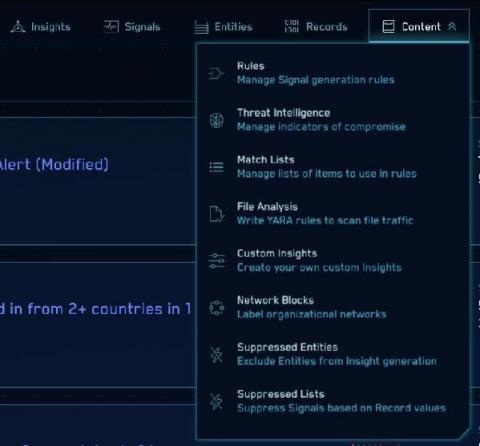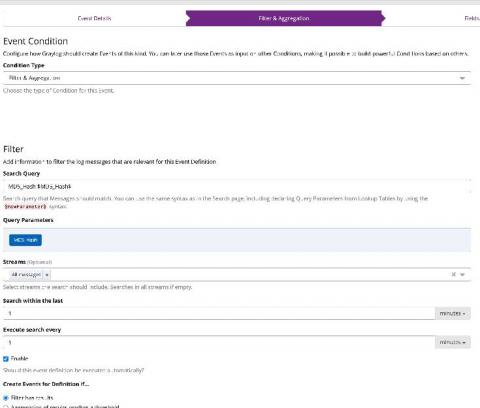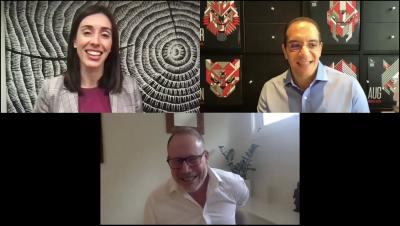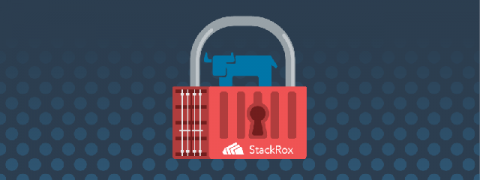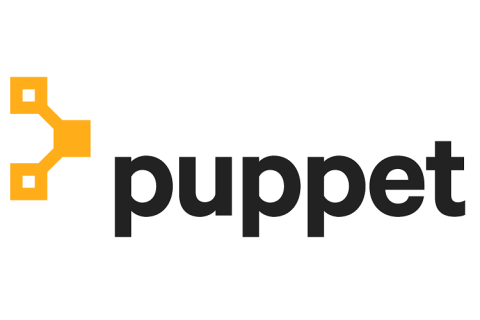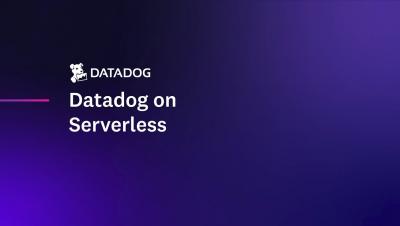Operations | Monitoring | ITSM | DevOps | Cloud
Security
The latest News and Information on CyberSecurity for Applications, Services and Infrastructure, and related technologies.
Automated, Simplified DNS Troubleshooting for Kubernetes: Only in Calico Enterprise
The Domain Name System (DNS) is a naming system for computers, services, or other resources connected to the Internet or a private network. DNS translates domain names to the numerical IP addresses needed for locating and identifying computer services and devices. For decades It’s been an essential component of the Internet. It’s an essential part of Kubernetes as well, and is used to determine how workloads connect to Kubernetes services as well as resources outside the cluster.
Recommendations for monitoring SolarWinds supply chain attack with Sumo Logic Cloud SIEM
Red Team Tools Detection and Alerting
The FireEye breach on Dec 8, 2020, was executed by a “nation with top-tier offensive capabilities.” These hackers got a hold of FireEye’s own toolkit, which they can use to mount new attacks globally. What does this mean for you? Mandiant is a leading Red Team/Penetration Testing company with a highly sophisticated toolkit, called the "Red Team tools." These are digital tools that replicate some of the best hacking tools in the world.
Securing a distributed workspace: A cybersecurity checklist for long-term remote work
One of the lasting changes brought about by the COVID-19 pandemic is that it forced organizations to rethink the concept of a workspace. As remote work became inevitable, IT teams had to enable the secure transition to remote work almost overnight. Opening up offices, on the contrary, will likely be executed in planned phases. A United States Department of State advisory recommends that workforces return to an office in three phases, with the employees most at risk coming in at a later stage.
Secure Your Cloud Transformation with Continuous Intelligence
Tapping Native Controls in Kubernetes to Protect Your Cloud-Native Apps
As companies adopt container technologies, they face a significant challenge - how do we secure this new attack surface? It’s an issue that you often see backlogged in favor of solving storage, networking and monitoring issues. Add on the challenge of educating the workforce on one of the fastest-growing open source projects to date, and it’s no wonder security has lagged as the primary focus for teams.
How to Remediate Unencrypted S3 buckets
Cloud environments are always susceptible to security issues. A significant contributor to this problem is misconfigured resources. Traditional IT Infrastructure was somewhat static; server hardware only changed every few years. With few changes occurring, security was also more static. The modern cloud environment is a much different challenge. In cloud environments, servers, services, and storage are created with automation, resulting in a dynamic and potentially ever-changing server environment.




